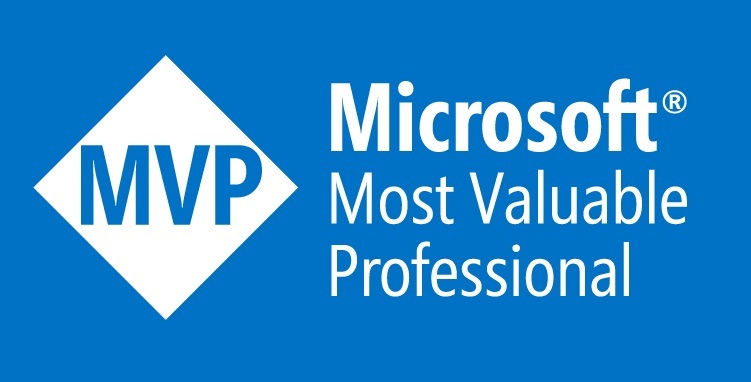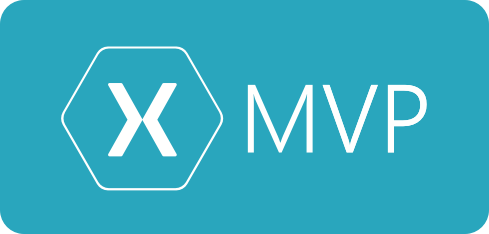This post is primarily documenting my thought process when trying to come up with pricing for two premium components that we’re about to release at XAM Consulting. We’re very excited about releasing these components. We’re looking forward to contributing to the Xamarin ecosystem and helping developers build great things. Many companies I’ve worked for have clearly stated that their whole company has been built on the back of great component vendors like DevExpress and Telerik. It’s pretty amazing to know that something you’ve built has also helped build an amazing company or change the world.
The first component we are releasing is called SlideOverKit. This is a powerful component that allows you to slide over from anywhere on the screen, with nice smooth animations. It can be used to create slide menus such as a Right Side Master Detail, Mini Context Menu’s or the display of Contextual Information. The key advantage of this menu is that internally we’ve built the code using Native APIs and therefore it is has the advantages of not only being incredibly quick but it also supports swipe/touch gestures. (Note* that when I refer to Native APIs, that’s only from our internal perspective, from a developer’s perspective the component is built completely from Xamarin.Forms). To illustrate its performance and ease of use, I’ve included some samples below with the SlideOverKit component.
The second component, called TEditor, is a rich/html text editing component designed for Xamarin.Forms. It is intended to be used for the editing, importing and exporting of HTML documents. As such, it supports the majority of rich text editing functions such as Bold, Italic to text color. Like the first component, it takes only a few lines of code to include this component in a project.
So what price do I sell it for?
This is a very hard question; if you price it too high then people won’t see it’s value and if you price it too low then you won’t have enough money to continue it’s development. It’s important to me that we have continued development on the components that we sell. Nobody wants a component vendor that’s not committed.
To investigate further, I researched the components supplied within the ecosystem. There’s the many big vendors like DevExpress and Telerik, who sell their components at over $1000 per year. I’ve also know about the MR.Gestures component developed by Michael Rumpler, who sells it at a very affordable $10. That’s a huge difference in pricing, so I wanted to reach out to Michael and see if he could provide any insights based on his experiences. Michael mentioned that the amount of demand was much less than was suggested on the uservoice website for his component. He also mentioned that at the price of $10, combined with the amount of sales, it wasn’t anywhere near the amount of effort he had to put in to develop it. Michael confirmed a few suspicions that I had:
1) there’s likely to be a much lower demand than you think for a component and
2) there’s a reason companies like telerik must charge so much for their components. eg. component development is hard and it’s very time consuming.
I’ve been in software long enough to know there’s a lot of hidden time and costs in software. At a minimum you need to calculate:
- Initial development costs
- Costs in writing documentation
- Costs in handling support requests (per sale)
- Maintenance development costs
Xamarin.Forms is a fast moving target, not only because of the speed of development from the Xamarin team, but also because of the rapidly changing underlying platforms (iOS, Android and Windows). The other issues we also encounter is that most components need to use the Native APIs on the platforms.
So far we’ve spent ~150 hours on each of the components, and on top of this there is a yearly maintenance of ~50 hours. Adding these up, based on an estimate of $75 per hour development cost, leads to a cost of $11,250 in the first year and $3,750 each year after that.
It would be nice if the components were to break even in the 24 months. In order to calculate this, we need to guesstimate the amount of sales each component will generate each year. Given that each component is a niche component inside Xamarin.Forms, which is a niche in Xamarin, which is a niche in Native Apps, which is a niche in the software world. I’m really not expecting a huge amount of sales each year, for SlideOverKit. I don’t think that I would expect more than 50-100 sales per year. Assuming 75 sales in 12 months, the costs are $15,000 in the first 2 years, then $15,000 / 150 = $100 per component. Now the RichTextEditor is an even more Niche component, which I’m only expecting a few sales each per year. Assuming 10 sales per year, then $15,000 / 20 = $750.
Shouldn’t it be free and open source like in XLabs and other components?
Open source software is great, I get a lot from the open source community and love contributing to the open source community, I spent a lot of time developing the FreshMvvm Framework. The problem with projects like XLabs, is that many of the components are not feature complete or are half finished (or are implemented on only a single platform). The reason for this is that most of us contributors to XLabs, also have full-time jobs and can only work on the project in our spare time.
XLabs works great if you’re an expert in Forms, Android, or iOS and don’t mind getting your hands dirty delving deep into code. Many developers and business don’t have all day and night to be working on building components.
So I wanted to put in the effort up front so that I can help time-poor developers and businesses, so we invest in developing production ready components that are easy to use, feature rich, well documented and production ready and developers can just build awesome stuff.
If you would like early access to any of the components please feel free to contact me anytime.
Thanks
Michael



